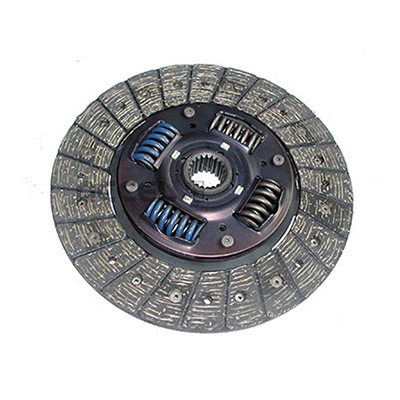Mobile:+86-311-808-126-83
Email:info@ydcastings.com
metal casting
Metal Casting An Essential Process in Manufacturing
Metal casting is a fundamental manufacturing process where molten metal is poured into a mold to create desired shapes and structures. This age-old technique has been utilized for thousands of years, evolving from primitive methods to advanced industrial practices used in a wide array of applications today. The versatility and efficiency of metal casting have made it an indispensable part of various industries, including automotive, aerospace, construction, and art.
The metal casting process begins with the creation of a mold, which can be made from sand, metal, or ceramics
. The choice of mold material often depends on the type of metal being cast, the complexity of the geometry, and the production volume. Sand casting, for example, is one of the most common methods due to its flexibility and cost-effectiveness, particularly for producing larger components. In this process, a mixture of sand and a binding agent is shaped into a mold, with a pattern created to establish the shape of the final product.Once the mold is prepared, molten metal is poured into it. The temperature and composition of the metal are critical factors that directly influence the quality and properties of the final part. Common metals used in casting include iron, aluminum, bronze, and steel, each chosen for their unique characteristics. After filling the mold, the metal must cool and solidify, which can take anywhere from a few seconds to several hours, depending on the size and thickness of the casting.
metal casting

After solidification, the casting is removed from the mold and undergoes cleaning to eliminate any residual sand or impurities. This is followed by various finishing processes to enhance the surface quality and achieve precise dimensions. Techniques such as machining, grinding, and polishing are often employed to meet the stringent specifications required for many applications.
One of the significant advantages of metal casting is its ability to produce complex shapes that would be challenging or impossible to achieve through other manufacturing methods, such as machining or forging. Additionally, casting allows for the mass production of parts with high repeatability and consistency. However, it is essential to consider the limitations as well; for instance, the casting process can introduce defects such as porosity, shrinkage, and inclusions, which must be carefully managed to ensure quality.
The environmental impact of metal casting has also come under scrutiny in recent years. As industries strive for sustainability, efforts are being made to reduce energy consumption, use eco-friendly materials, and implement waste recycling practices within the casting process. Innovations such as 3D printing of molds and advanced scanning technology are enhancing process efficiency and material usage, making casting more environmentally friendly.
In conclusion, metal casting remains a vital manufacturing method that combines tradition with modern technology. Its ability to produce complex parts efficiently continues to drive its importance across various sectors. As technology advances and industries adapt to changing environmental standards, metal casting is poised to remain a key player in the manufacturing landscape, illustrating the lasting significance of this ancient craft in today's high-tech world.
-
Understanding Metal Casting TechniquesNewsApr.02,2025
-
Understanding Exhaust Manifolds for Enhanced Engine PerformanceNewsApr.02,2025
-
The World of Metal FabricationNewsApr.02,2025
-
Key Components for Pump and Turbo EfficiencyNewsApr.02,2025
-
Essential Tools for Automotive Maintenance and RepairNewsApr.02,2025
-
Durable Valve Components for Effective Water ManagementNewsApr.02,2025











